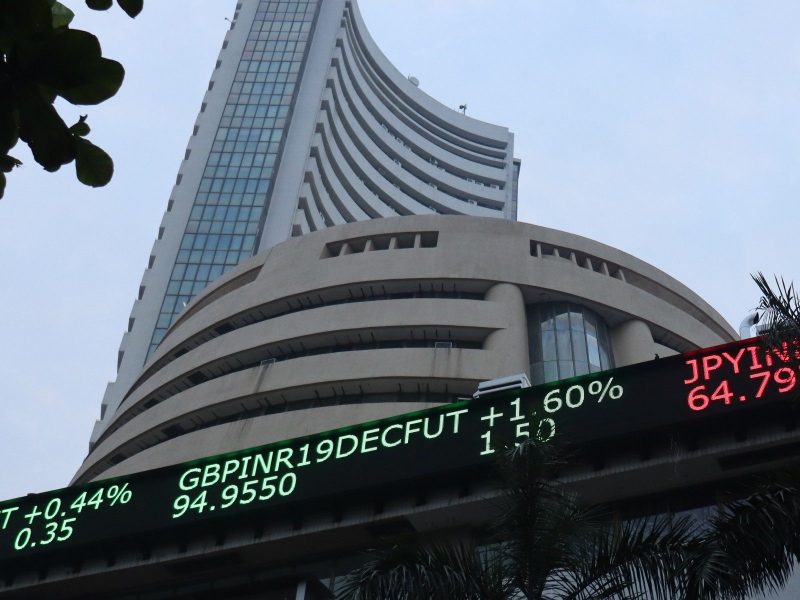
IT, realty, finance drag down Sensex by 1,000 points in early trade

The stock markets suffered a severe crash on Tuesday, with Sensex losing as much as 1,000 points or 1.66 per cent and the NSE Nifty plunging by 270 points or 1.53 per cent.
IT, finance and real estate stocks led the crash while companies in the power and energy sectors traded strongly and made gains. Concerns over the looming debt crisis of China’s realty giant Evergrande is said to have impacted investor sentiments as Asian shares showed a mix of losses and growth.
However, by late trading both the bourses had pared their losses. Sensex closed at 59,667.60 points, down by 410.28 pts and below the 60,000-point-mark, while Nifty ended the day at 17,748.60 points or 106.50 pts down.
Bharti Airtel went down 4 per cent to ₹ 696, topping the list of losers on the BSE. IT companies such as HCL, Infosys and Tech Mahindra saw 1-3 per cent each erode off on the BSE.
Among the finance stocks, HDFC Bank, HDFC, ICICI Bank, Axis Bank, Bajaj Finance and Bajaj Finserv lost around 2-4 per cent on the BSE.
Among the stocks that gained, BPCL grew more than 1 per cent after it announced plans to infuse ₹1 lakh crore into petrochemicals, renewables and electric mobility in the next five years. BHEL’s prices too rose nearly 7 per cent after it bagged an order from Goa Shipyard for warship gun mount.
Also read: Atop Sensex 60k, stop preening, start diversifying
Significantly, NTPC and Powergrid gained around 5 per cent each on the trading platform. Coal India, JSW Steel, IOC, ONGC, Titan, Reliance Industries and Maruti Suzuki too made gains during early trade.
US equities ended mostly lower in overnight sessions as selling pressure in the rate-sensitive technology sector led to contraction in S&P 500 and Nasdaq.
Unlike the stock markets, the rupee gained 8 paise to 73.75 against the US dollar in early trading.
However, gold prices saw a sharp drop by around ₹100 per 10 grams to a one-and-a-half month low on Tuesday. This was attributed to a firmer dollar emerging as a result of the US Federal Reserve’s likely shift towards tighter policy. Although the yellow metal is considered a safe haven for investors, it is likely to see a downward movement for the time being.
(With inputs from agencies)

